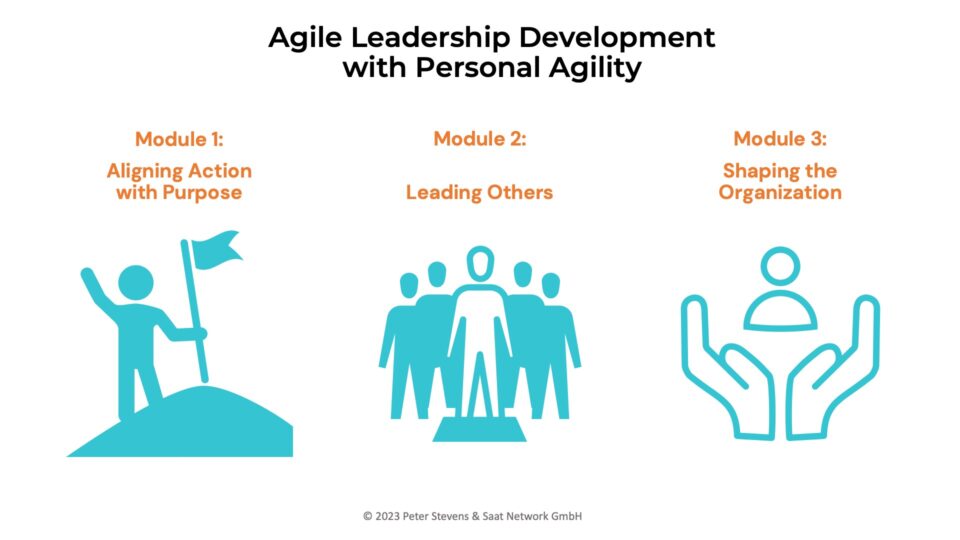Help! I’m Trapped in a Waterfall!
23-04-2008Thought of the day: Why Projects Fail
28-04-2008Two different customers have recently raised the issue of managing (or rather digesting) change in organizations that are resistant to change. “Our company is over 100 years old and people get suspicious whenever you propose too many new ideas.”
So how do we get people moving in the right direction without disrupting work and without provoking resistance? Brett Bernstein recently wrote on the scrumdevelopment mailing list.
“One challenge that I have continually come across when introducing new principals/practices is the flow rate. Too much flow and people start to choke. Too little, and they don’t get to that “a-ha!” moment….
“I think your challenge is in part to figure out the right flow rate for your organization. It gets tricky since different flow rates might be needed for different levels (team vs. management) and different individuals….”
So how much change can the organization handle? And which changes should you do?
I have found the Scrum retrospective to be a powerful tool for building and motivating a team. Even if you haven’t started doing Scrum yet, you can do a retrospective (you don’t even have to say the word “Scrum”).
If the retrospective is moderated correctly, you and your team
- build a common understanding of the events leading the current situation
- recognize the team’s accomplishments
- produce two prioritized lists of potential improvements: a list of own improvements which the team can implement without further coordination or approval. The second list requires coordination with other entitites, such as management, customer, or other teams, perhaps to get budget, approval, cooperation or whatever.
So start with a retrospective. You and your team agree to implement the top 2 or 3 items in the own list and to negotiate agreements with the concerned parties to implement the top 2 or 3 items in the other list. The deadline is the next retrospective meeting 4 weeks in the future.
What does this process achieve?
- You have recognized what the team is doing well and established a basis of mutual respect.
- You are empowering your team and encouraging them to work as team. They have identified problems and proposed solutions.
- The team will accept the changes. They proposed them and prioritized them, so it is only logical that they stand behind them.
- You are keeping the scope achievable. By limiting the number of improvements to tackled at once, you increase the chances of success, reduce the chances of overwhelming the team and keep most of your energy focussed on value producing tasks.
- You, their manager, are earning their trust and loyalty. By doing what they proposed, you are making yourself useful to them. (Of course, if you don’t let them do what they proposed, you risk losing their trust!)
The process is self regulating, because every month you repeat the process. The issues that demand attention will rise to the top and stay at the top until they no longer need attention. If resistance to change is becoming an issue, that too will become a topic. In any case, you can deal with the problems as they arise and directly at the source: the place where they originated is the place where they can be solved.




